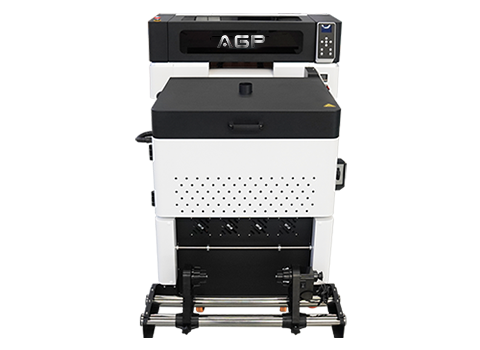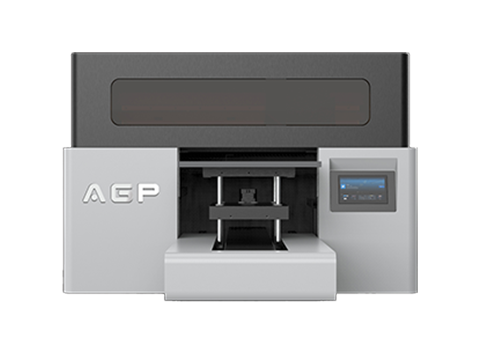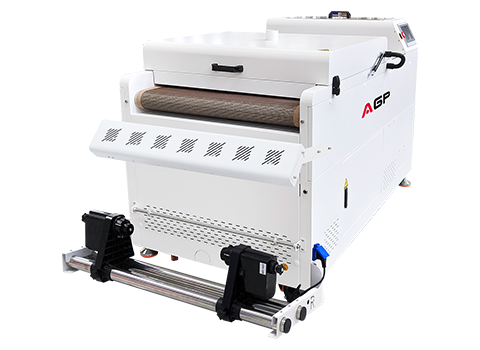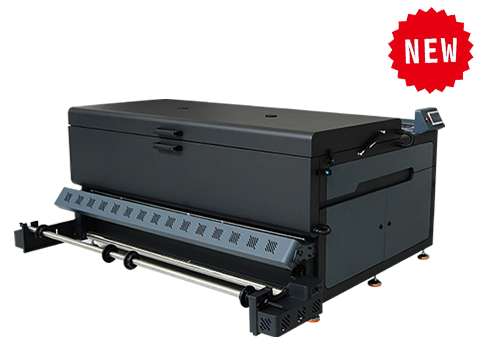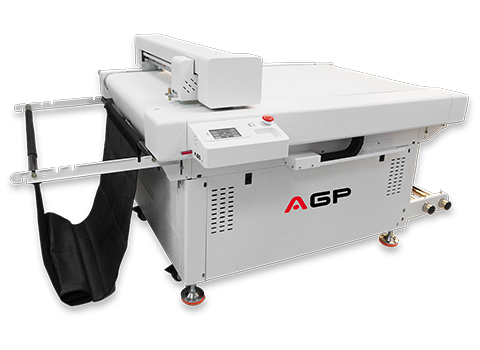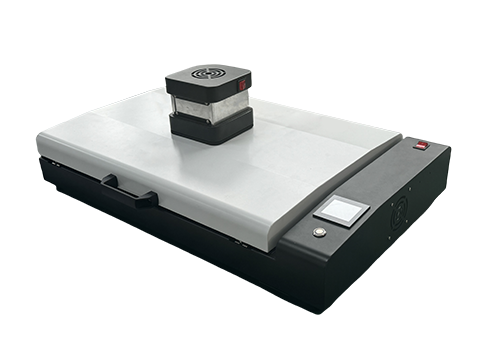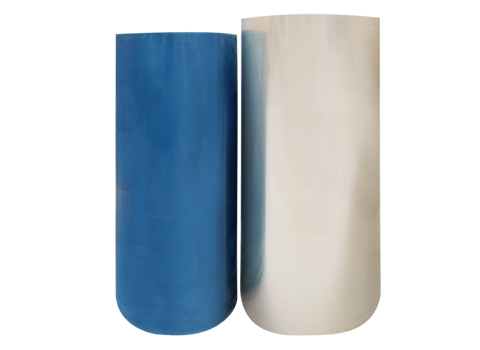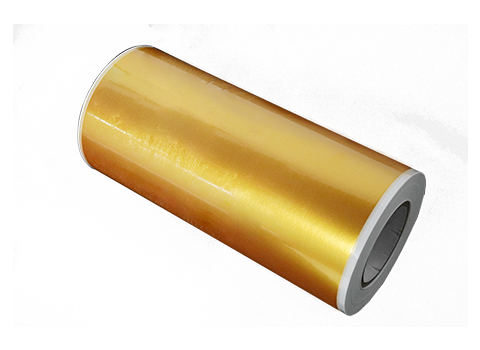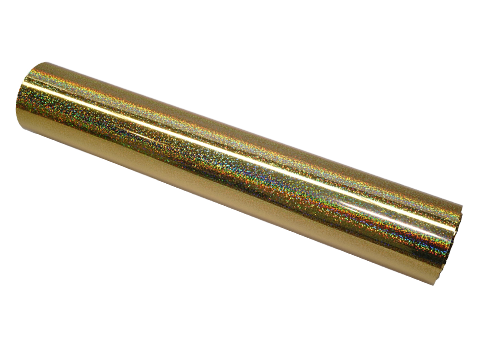What is a Direct-to-Film Printer? Everything You Need to Know
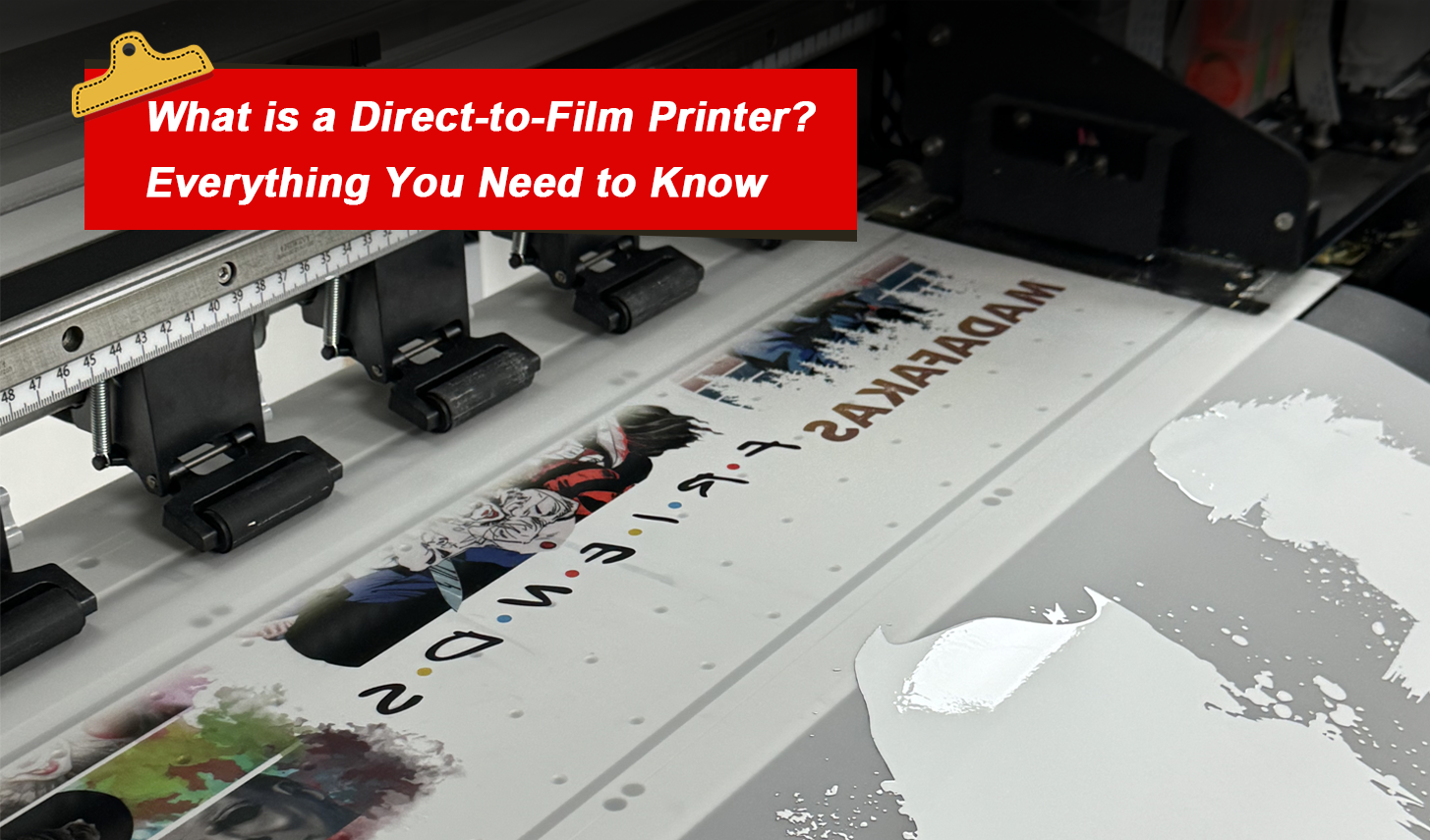
Are you interested in a product that has sharp, vivid and long lasting prints? If it is so, then you are in a perfect place.
DTF printing is one of the most reliable printing techniques. The rapidly increasing demand for this technique is because of its usability. It is the easiest to handle prints. Moreover, if you face any issues while transferring the prints, you may do so by following simple steps.
It offers strong compatibility between the prints and the fabrics of multiple kinds. Direct to Film printers can cater both the soft and hard fabrics and resistance to environmental factors. Simple care can make then long last then traditional prints. In this guide, you will get deep insights of DTF printing.
How Direct to Film Printer Work
Although making the prints with Direct to Film Printer is a straightforward process, you can utilize this technique to make prints on outdoor and bulky apparel to give them equal shine. To understand the printing process completely, you need to understand the components that are involved in this process. Generally, DTF prints include:
- DTF film
- Adhesive powder
- DTF ink
- Heat press machine
- Substrate
Let us break down the process into the simpler steps that can help you achieve the desired prints.
Step 1: Preparing the film
Initially, you need to create a film and place it in the DTF printer. The colors for the whole design are applied at that stage. Once the colors are properly applied the print machine apply a white layer on it. This layer completely covers the design.
Next, you have to apply an adhesive powder onto the wet ink. It will help the design to stick to your fabric. Once applied completely, remove the excess powder and heat the film. It is required to make the film ready to stick on the fabric. You can use curing oven or heat press machine to melt the powder and let it get attached to fabric completely.
Step 2: Pre-pressing fabric and using a heat press
When the DTF film is preheated, you need to dehumidify the fabric and flatten it on an even surface. Keep the fabric under the heat press.
Apply the print film on the pre-pressed fabric. Its time to apply the heat press. Make sure to apply heat for 15 to 20 seconds max and temperature no more than 165°C.
Step 3: Peeling the film and post-pressing the fabric
This is the most important step of Direct to Film printing. Once I had the design, I transferred it to the substrate, and it was time to peel off the DTF film.
In hot-peel transfer, you can easily remove the film right after it is placed. There is no setting time required. However, in cool peeling you need to wait for some time to let the print cool down then remove the film.
Lastly, after the film is peeled off; one last heat press is applied to improve the durability of design. Once it is done, now the design is ready for shipment and delivery.
Advantages of Direct to Film Printer
There are countless advantages of using Direct to Film printers:
- DTF prints offer high-resolution prints, ensuring the vibrancy of colours.
- The transfer is direct, which reduces the chances of inaccurate designs.
- DTF prints offer high durability. With little care, you can improve the longevity of the design.
- It is a highly recommended technique for fabrics and accessories.
- The process is quick, and the heat press can immediately transfer the design.
- It is cost-effective compared to traditional screen printing.
- You can use this technique on both small and large printing projects.
Choosing the Right Direct to Film Printer
However, it is really a crucial task to select an appropriate printer for your printing requirements. The quality of the printer matters a lot in terms of appeal, longevity, and stability of the design. It is important to choose a printer that is budget friendly, easy to use, and reliable to meet your needs. AGP provides the best range of Direct-to-Film printers. You can visit the site to compare the features, costs and specifications of different models. The comparison will help you make an informed decision, which will lead you to get high-quality prints in your budget.
Future Trends in DTF Printing
While everyone is concerned about embellishing garments with expanding vibrancy, DTF is an excellent adoption.
It is getting the popularity day by day and is becoming trendy in print market because of ease to use and no extra efforts to make the print standout. Moreover, the compatibility between the DTF films and the substrate is phenomenal. This is making it the most adopted printing technique which is expected to increase in near future.
Is DTF print right for my needs?
What type of substrate are you using? Either it is cotton, polyester or denim, bags, masks or any other substrate; DTF is the best fit for all conditions.
You just have to consider the temperature and the adhesive powders accurately. Once you have stabilize your measurements, you can work with any effort. Moreover, it is cost effective and a best alternative to the traditional ones.
Conclusion
Direct to Film printing is a modern printing technique that prints the resilient design and various fabric types. If your design is intricate and includes different elements, you can freely use DTF printing. People who are interested in printing delicate designs with multiple colours on soft, hard or rough objects can consider the technique and make outstanding prints. AGP provides the best DTF printer, which is compatible with various substrates and can print efficiently. It is a reliable option for those who are worried about the compatibility between the printer and their system.




